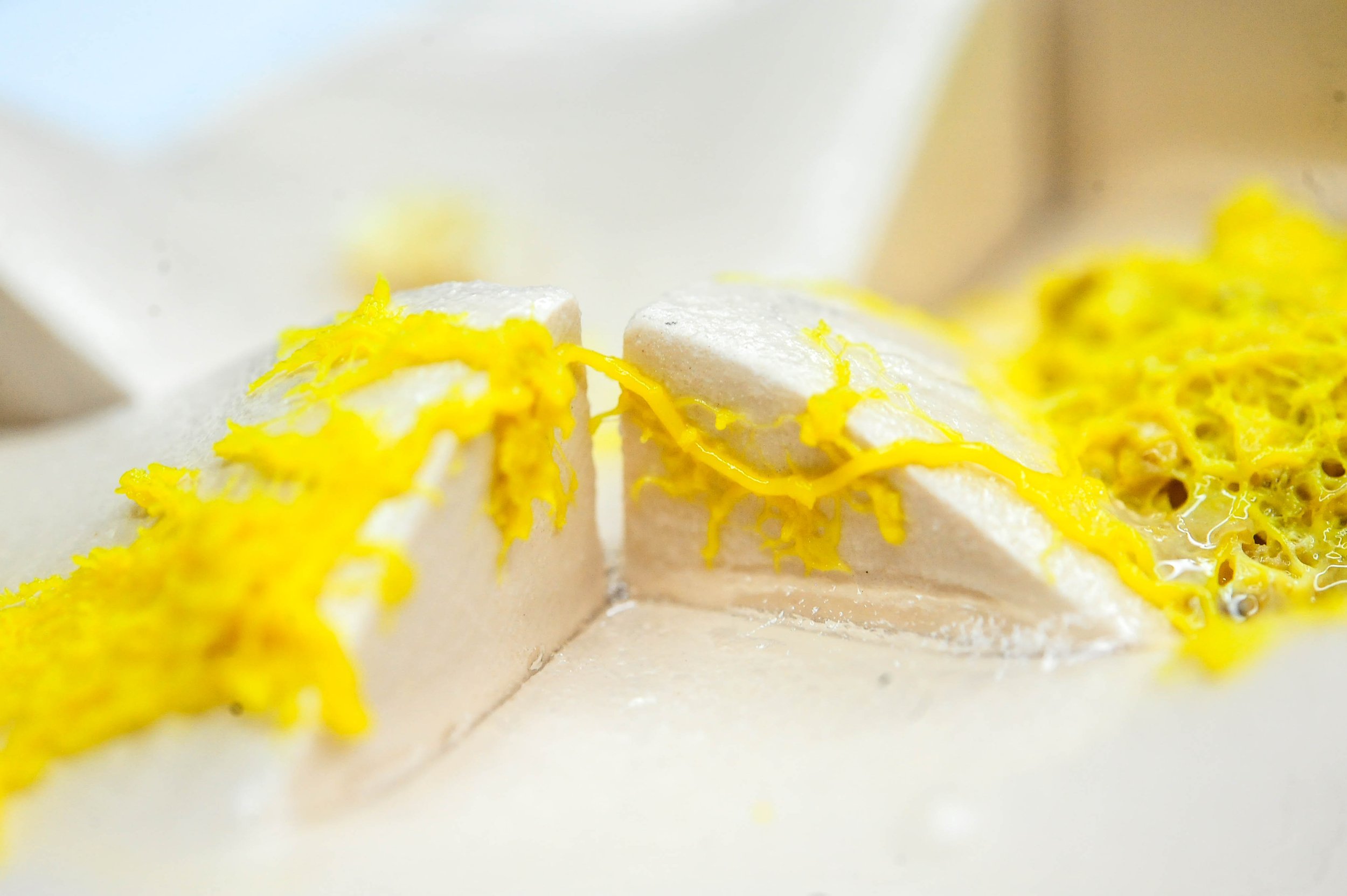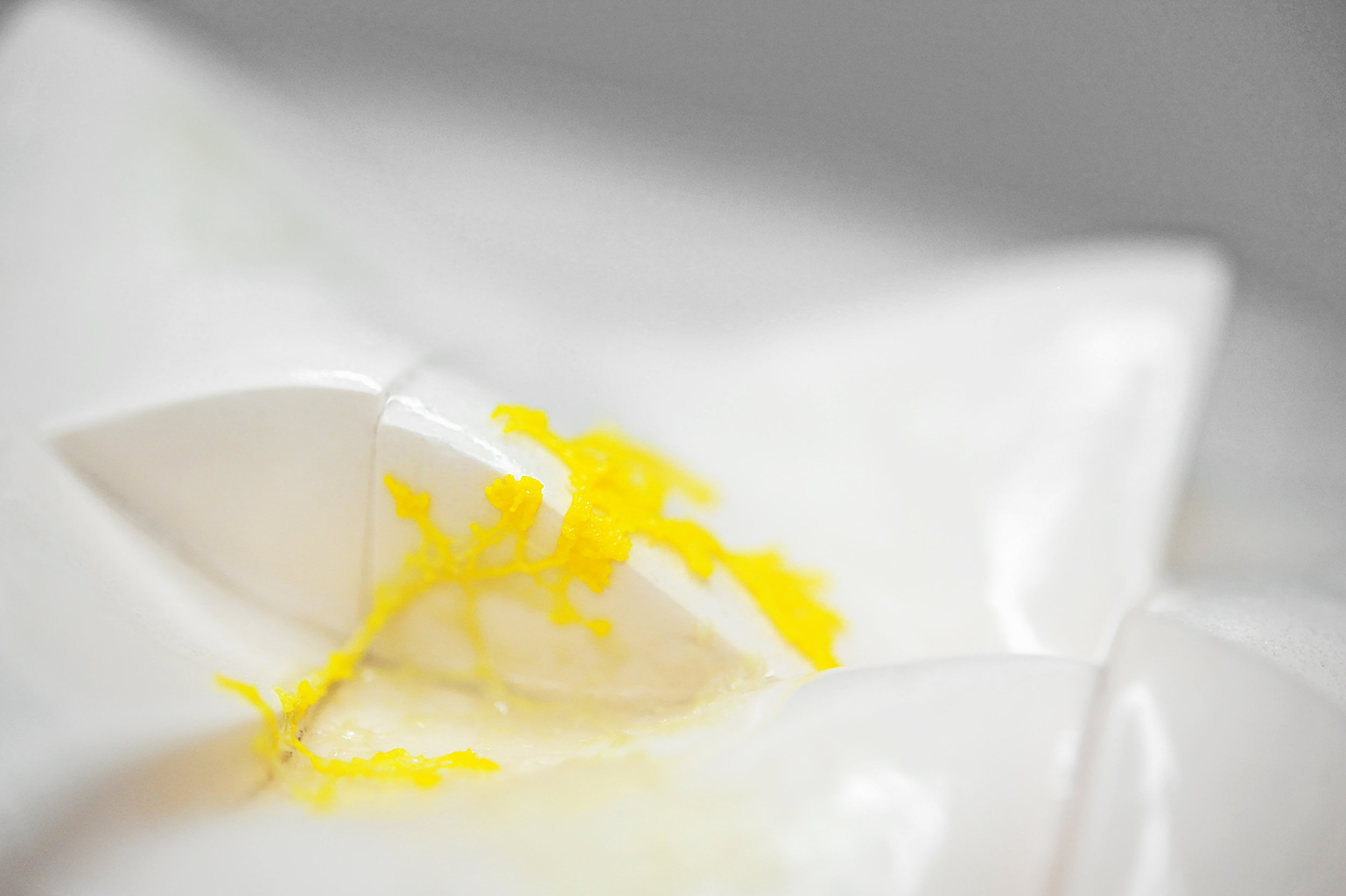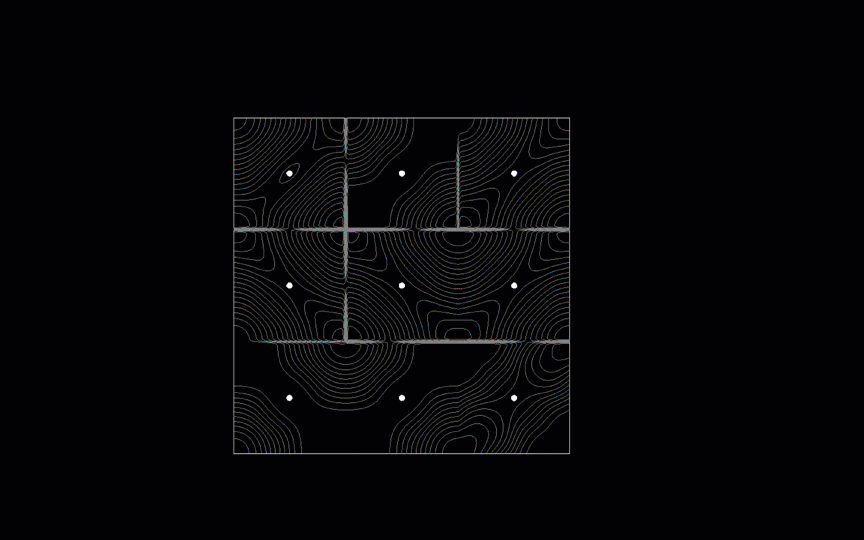
The Virtual Animate
The Virtual Animate examines how AI tools can empower designers to collaborate with organic systems.


Motivation
Even the simplest forms of biological life contain machinery capable of nano-scale fabrication, self-healing, and the production of materials that remain inaccessible to humans. These processes occur as a complex network of behaviors that are often impossible to separate without ending the life that sustains them. However, designers are uniquely empowered to influence the behavior of living systems through the manipulation of the environments that they respond to.
This project, completed in satisfaction of the Harvard Graduate School of Design MDes Thesis requirements, represents a case study in a generalized approach to the design of chaotic, living systems. The work described here uses artificial intelligence to learn the behaviors of a living organism and mediate its behavior with the intention of a designer. This top-down approach to design begins with an organism’s intended behavior and strives to adapt the designer’s tools to enable collaboration with another species.
Every design represents an alteration to existing space and therefore influences the behavior of local organisms. Without a formal process by which the impact of these designs on the behaviors of living systems can be evaluated, we are forced to observe in retrospect the ways in which we encourage or destroy living systems. The intentional design of life looks to functionalize this relationship, thereby allowing designers to not only preserve ecologies, but cooperate and co-fabricate with them.
Overview
Other organisms have evolved biological machinery capable of feats that far surpass the capabilities of our own technology. Tree’s routinely fabricate immense, strong structures out of carbon fixed from the air, producing only oxygen as waste. The glass sponge Euplectella aspergillum builds an elaborate exoskeleton of fused glass with nano-scale precision using oceanic sand as a stock material. Honey bees create structures of wax and propolis from locally gathered, abundant resources while pollinating the very plants that reinforce their own systems of production. Our own technologies are years away from this level of sophistication and sustainability, but we may be able to cooperate with and co-fabricate with organisms to build in this way.
Of course, living organisms cannot simply supplant machines as they lack the clear input-output relationship that lends utility to our technology. Yet on a fundamental level, the processes that guide biological growth are mediated by environmental parameters. A tree will optimize the form of its trunk to resist prevailing winds, and a blade of grass will continually bend towards light. The output processes of living systems appear to be stochastic, yet they are the net result of uncountable programmatic responses to environmental parameters.
The Virtual Animate examines whether artificial intelligence can be used as a tool to model the behavior of a living organism, and then use that same model as a design tool through which the designer’s intent and the organism’s needs can be mediated. The slime mold Physarum polycephalum was selected as a model organism due to the multitude of deterministic models for its behavior. By cultivating a multitude of samples of the slime-mold navigating 3D printed terrain to seek out food, a neural network was trained to solve the inverse problem – enabling the designer to input a desired form of slime mold and outputting the topology required to achieve that form.
Digital Design
A conditional adversarial network is a class of machine learning models that can determine relationships between paired inputs and outputs. A model was trained on images of slime mold growth on 3D printed uneven topologies paired with height-field representations of the topology. When grown on an uneven surface, slime mold will create networks between food sources that approximate a shortest path. Once the model was trained on a sufficient number of image pairs, it was capable of determining which topology was responsible for which input growth pattern.
The trained model could then be used to solve the inverse problem – determining which topology would be required to induce a specific growth pattern. The model trained in this manner allows the designer to draw an input form that they wish the slime mold to take, and then receive the topology that will encourage growth into this form.
In contrast to conventional models for biological growth, no explicit rules were established for the growth of slime mold. The model only observed experimental inputs and outputs and developed its own understanding of the relationships between the two. This method of unsupervised learning demonstrates the potential to be extended to other relationships that we shape the environment of, allowing designers to deliberately structure the actions of organisms that may otherwise be ignored or destroyed by human designs.
Material Ecology
Non-human organisms do not exhibit deterministic behavior in the way that many digital design tools do – two cultures of slime mold grown in identical conditions may adopt slightly varying forms. This stochasticity necessitates that designers that cooperate and co-fabricate with non-human species account for a certain level of variability in output designs. In other words, a multi-species design will always be a mediation of the human designer’s intent and the non-human designer’s behavior.
The trained model captured this stochasticity. Patterns grown by the slime mold resembled the input designs, but with slight variations. Slime mold would grow rounded corners as opposed to sharp lines, or would form linkages and bridges not input by the designer. Importantly, these subtle variations are the way in which the slime mold exhibits its own intent on the design. While the human designer’s input form is recognized and adopted, it is done so in a way that enables the slime mold’s survival.
To collaborate and co-fabricate with non-human species, designers will need novel tools that flexibly mediate their own intent with that of the other species. While this requires surrendering a level of agency over designed outputs to another species, the results may provide us with access to new materials, sustainable processes, and capabilities that surpass those of our own technology.
The Virtual Animate / 2018
-
Acknowledgements
Project Team
Nic Lee
Research Collaborators
Nate Peters, Diana Yan, Nicole Bakker, and James Weaver
Additional Acknowledgements
Harvard Graduate School of Design
-
Publications
*The Virtual Animate: A General Approach to Modeling Growth Processes in Designed Environments, Hogan, N. A. (2017). (Masters Thesis, Harvard University Graduate School of Design).
*Indicates publication under former name, Nicolas Hogan
-
Awards and Recognition
Awards
Harvard GSD MDes Thesis Research and Design Award, 2017





